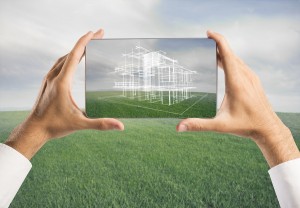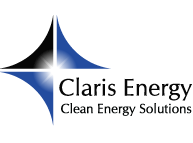 Owners of commercial buildings that comply with energy efficiency requirements can benefit from lucrative tax incentives. The 179D tax credit encourages investment in energy efficiency and stimulates the execution of projects that reduce electricity consumption connected to heating, cooling and lighting.
Owners of commercial buildings that comply with energy efficiency requirements can benefit from lucrative tax incentives. The 179D tax credit encourages investment in energy efficiency and stimulates the execution of projects that reduce electricity consumption connected to heating, cooling and lighting.
Are you familiar with this financial stimulus? You need to understand several important facts about the 179D credit.
Who Can Qualify
The 179D tax credit is available to several types of companies, entrepreneurs and professionals:
- The owners of energy efficient commercial buildings
- Architects, designers and engineers working on energy efficiency municipal projects
Types of Buildings Included Under the Provision
Commercial building is a broad term that refers to several different kinds of constructions. The 179D tax credit will be available to entities that design or own the following:
- All buildings used for commercial purposes
- All buildings used for industrial purposes
- Multi-family residential buildings that are at least four stories in height
- Dormitory buildings
- Buildings that were designed for other purposes but were later on converted for commercial use
- Unconditioned attached and detached garage spaces
Percentages
To qualify for the 179D tax credit, a building should have electricity cost savings of 10 percent for heating and cooling stemming from the envelope improvements. In addition, 20 percent of the reduction should stem from lighting improvements and 20 percent should stem from HVAC improvements.
A vast range of projects can be executed to reach these percentages. The possibilities include the use of high efficiency wall insulation, energy-efficient fixtures, natural ventilation, automatic thermostats, energy-efficient air conditioning systems, the optimal use of daylight and the use of high-performance glazing.
To calculate the savings, third parties responsible for certification will take a look at various types of bills. These include electricity used for lighting, cooling, ventilation, heating and hot water systems.
How Designers Can Benefit from the Deduction
Federal, state and local governments can also apply for the 179D tax credit. This provision is included under an initiative for improved energy efficiency of municipal, governmental and federal buildings.
Since governments and municipalities cannot apply for a tax incentive, they can pass the opportunity over to the designer, engineer and architect that worked on the building. This provision has enabled many small design and architecture companies to survive and do their job in the best possible way.
Maximum Deduction
The maximum incentive under section 179D is 1.8 dollars per square foot. The HVAC improvements contribute to 0.60 dollars per square foot, lighting improvements – 0.60 dollars per square foot and building envelope – 0.60 dollars per square foot.
To qualify for these incentives, the building must undergo independent evaluation and certification. It will be compared to a similar commercial building to determine whether the energy saving reaches or exceeds 50 percent.
The 179D tax credit was recently extended retroactively for one more year. This means that projects executed throughout 2014 can qualify for the incentive. Claiming the credit is a simple process, once the verification has been completed. Finding the right professional for the job is essential for getting the biggest possible tax credit and making the most of the Section 179D provision.
Steve Nanos
Latest posts by Steve Nanos (see all)
- LED Lighting – A Great EPAct 179D Qualification Possibility - February 3, 2015
- 45L Credit Requirements for Begun Constructions - January 29, 2015
- Can Section 179D Incentives Help Businesses Save a Lot of Money? - January 27, 2015

 609.275.8484
609.275.8484